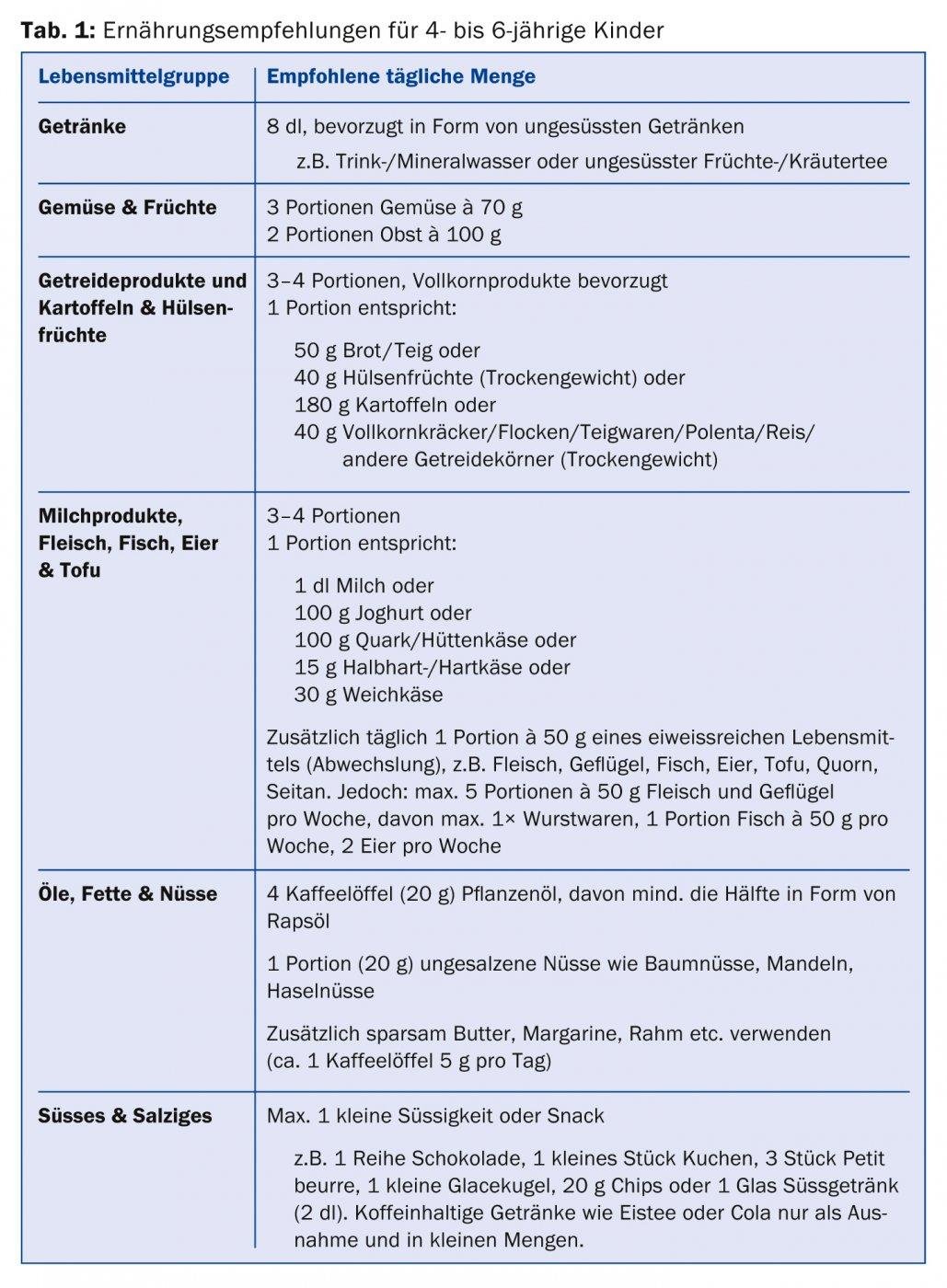The promotion of health begins in childhood. At a young age, the foundation for a healthy lifestyle is set for a person to build upon as an adult.
In the first years of a child’s life, parents determine the range of foods for their offspring. Within this spectrum, children then develop their tastes and preferences. Sweet is the only preference that children bring with them from birth. All other taste preferences are learned. Parents and other caregivers are role models in this process: What do mother, father, brother, grandmother, caregiver in kindergarten, teachers, etc. like? And what don’t they like? What is put on the table and where is it eaten? The nutritional experiences that children make in the first years of life remain; the preferences from childhood are rarely lost.
With all the good intentions for a balanced diet, fun and joy are also part of eating. Children do not judge food by its health value. They want to experience food with all their senses – appearance, taste and smell are of great importance to children. Even older children do not primarily want to eat healthy – physical or mental performance, fitness, good looks, etc. are much more important to them. Children do not want a “theoretically healthy diet” but an imaginative, varied meal, which may also include fast food.
The following recommendations (Tab. 1) ensure an adequate supply of energy, nutrients and protective substances in the sense of a balanced mixed diet and thus a balanced diet for healthy children.

The amounts and portions given have been adjusted to the child’s nutrient and energy requirements, but represent only average values for orientation, as the actual requirement depends strongly on the child’s size and physical activity. In addition, the recommendations do not have to be followed every day, but over the long term, e.g. over a week. An exception are the recommendations on fluid intake, these should be considered daily.
For more information on balanced nutrition in childhood, see:
www.sge-ssn.ch/kinder.
HAUSARZT PRAXIS 2014; 9(8): 5











